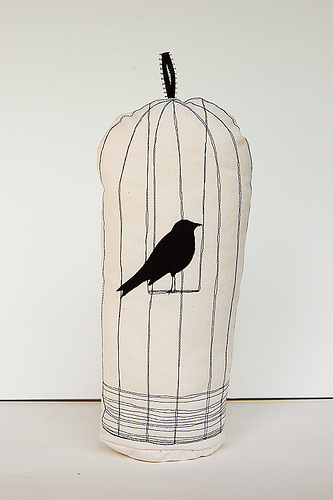FWP:
SETS == I AND
SPRINGTIME: {13,2}
The commentators generally locate the verse's center of gravity in the first line, with its burst of small abrupt phrases. It's indeed unusual, as Nazm points out, for a two-line verse to accommodate so many separate utterances at all, much less with such ease and colloquialness. He counts six. Technically he's right, but rhetorically the three in the second line really work as one.
For this is also another of Ghalib's 'I and X' verses: the second line cleverly invokes the structure of a common, highly emphatic expression of strong-- though varying and sometimes ambiguous-- emotion. For more discussion of this colloquial expression, see {5,6}. A relatively close parallel is the second line of {71,3}: both lines share a 'we are, and X is' framework. But in this present verse alone, conspicuously, there are three such entities rather than two. The idiomatic expression is changed, but it still works. The starkness and simplicity are as striking as the intensity that it generates.
This is one of the verses in which the lover speaks as
a bird; for others, see {126,5}.

Nazm:
In the construction of this verse is the beauty that six phrases/sentences have come into two lines. And in the expression of meaning is the beauty that the complaint of captivity is through the tongue of the nightingale, and in the complaint the prolixity [at̤anāb] gives pleasure: here the author has expressed a small meaning in a number of words. And a further pleasure of the prolixity is that the tiny sentences would be numerous, rather than becoming one long sentence-- although there would be more words in such a sentence, the pleasure of prolixity would not be created. (154)
== Nazm page 154